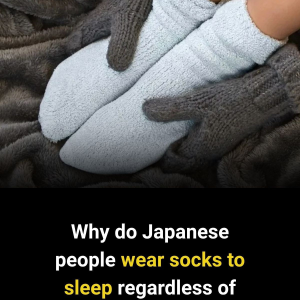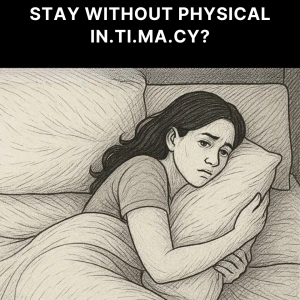
Crocs have become a global favorite for their comfort, lightness, and practicality. Slip them on and you immediately feel the cushioned sole and airy design — which explains their popularity at the beach, in the garden, or even on casual days out. But podiatrists and foot health specialists caution that while they may seem harmless, Crocs aren’t designed for daily wear, and over time they could do more harm than good.
The Problem Behind the “Comfort”
The soft sole that makes Crocs feel comfortable at first is also what makes them unstable. Without proper support, the foot tends to roll forward, putting excess pressure on the toes and arch. This can trigger heel and arch pain, with experts linking prolonged use to plantar fasciitis.
Constant movement inside the roomy shoe can also affect the toes, leading to issues like ingrown toenails, bunions, or hammertoes. And because the design doesn’t offer much stability, posture suffers too — which in the long run can place extra stress on the knees, hips, and spine.
Other Health Risks

The open design of Crocs increases the risk of slips and trips, particularly on wet surfaces. At the same time, their closed-toe but poorly ventilated style traps sweat, which may encourage fungal infections and unpleasant odor.
When to Wear Them
Specialists agree Crocs are fine in moderation — for quick trips around the house, by the pool, or at the beach, where their light, easy-to-clean material is an advantage. But they shouldn’t replace structured footwear designed for long wear or orthopedic support.
Better Alternatives

For those who want comfort without compromising foot health, experts suggest shoes with proper arch support, ergonomic sandals with a snug fit, or lightweight athletic trainers that combine cushioning with stability.
The Bottom Line
Crocs may offer instant relief and a carefree style, but they aren’t built for everyday use. Worn too often, they can cause long-term issues ranging from heel pain to posture problems. Like many things, the key is moderation — enjoy them when convenience calls, but give your feet the structured support they need the rest of the time.




